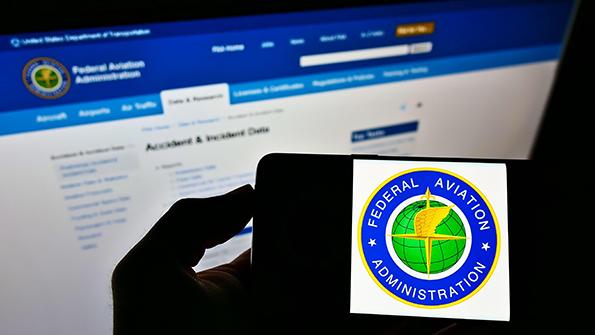Opinion: U.S. Repair Stations Must Prep For SMS Requirements

The FAA has fallen behind EASA on implementing Safety Management System requirements.
When ARSA team members registered for a Sept. 15 European Union Aviation Safety Agency (EASA) webinar about its Safety Management Systems (SMS) requirements for approved maintenance organizations, the agency repeatedly cautioned: The subject regulation requiring SMS did not apply to FAA-certificated repair stations holding EASA approval under the U.S.-EU bilateral.
ARSA’s European and nonbilateral country-located members plan to implement SMS compliance obligations. Knowledge about regulatory issues affecting members wherever they may be is a core business of the association. And since EASA is now driving aviation regulatory policy on a global basis, requirements that take hold in the European system will eventually affect U.S. and other “international” members.
To be clear, SMS did not originate with EASA. In February 2013, the International Civil Aviation Organization (ICAO) Council adopted Annex 19 to the Chicago Convention. That measure directed ICAO member states to require aviation service providers under their authority to implement SMS. For the purposes of Annex 19, the term “service providers” includes, among others, operators of aircraft authorized to conduct international commercial air transport, aircraft maintenance organizations providing services to operators of such aircraft, and organizations responsible for the type design and manufacture of aviation products. Each contracting state’s aviation agency is also required to operate under its own internal SMS.
In 2015, the FAA adopted 14 CFR Part 5, which required Part 121 air carriers to adopt SMS plans by March 2018. As a result, even though SMS is not yet required for U.S.-based repair stations working on products and articles under the FAA’s jurisdiction, some have been working under their customers’ SMS as a matter of contract for years.
Since its endorsement by ICAO, SMS has become a favorite medicine for American policymakers to prescribe when addressing industry ills. During remarks by former FAA Administrator Steve Dickson early in his tenure, he said he was surprised SMS was not already required for manufacturers. In late 2020, as part of a bill to restore confidence in the FAA’s oversight of design and production approval holders, Congress passed legislation mandating the FAA require SMS programs for manufacturers.
While the FAA has made some progress on SMS, it has fallen behind EASA, which for many reasons—including strong, consistent leadership and a well-trained professional staff—simply moves more quickly than its American cousin. The FAA is not entirely to blame. From a legal perspective, the U.S. has considerable safeguards that slow down executive branch action. That’s not a bad thing given that the U.S. process carefully considers small business impact, costs and benefits of new rules and other factors. To be sure, EASA is also subject to constraints imposed by the EU system, including the European Commission’s authority to issue implementing rules and the requirement that EASA coordinate with the competent authorities of the EU member states in setting aviation safety policy.
Whatever the reason for the FAA’s slowness in rolling out broader SMS requirements, they will take hold in the U.S.
American repair stations with EASA approval may have to implement SMS as a special condition of the bilateral agreement until there is a parallel rule in the U.S. The bottom line is that SMS is coming, and if you want a glimpse of what the future holds for the U.S. maintenance industry, look to EASA.
Christian A. Klein is the managing member of Obadal, Filler, MacLeod & Klein, overseeing the firm’s policy advocacy practice. He is executive vice president of the Aeronautical Repair Station Association.



